CONTINUED DISPUTE OVER ‘PEACE STATUE’
입력 2019.08.07 (15:03)
수정 2019.08.07 (16:45)
읽어주기 기능은 크롬기반의
브라우저에서만 사용하실 수 있습니다.
[Anchor Lead]
Four days have past since the "Peace Statue" exhibit in Japan was suspended, but the controversy continues to grow. A global campaign has even emerged encouraging people to photograph themselves posing like the statue. Many in Japan are also harshly criticizing the suspension of the exhibit, saying that the statue of peace, which represents the pain of the victims of Japan's wartime sex slavery, has awakened Japan's democracy.
[Pkg]
A woman sitting in a chair with a composed yet firm look in her eyes... Her hands are placed on her lap as a sign of protest. And here's another woman sitting in the same position. The chair next to her is unoccupied. This movement began on social media to protest Japan's suspension of the peace statue exhibit. People from around the world, including Italy and Mexico, have joined in. The purpose of this movement is to criticize the Japanese government for the forced conscription of sex slaves during World War II and its censorship of an art exhibition. In Japan, the suspension of the peace statue exhibit has prompted many to ponder the true meaning of democracy. Some 70 artists participating in this year's Aichi Triennale, where the peace statue had been on display, have issued a statement protesting political meddling by the Japanese government. The artists strongly blasted politicians for their violent meddling and threats that have led to the shutdown of the exhibition. The Japanese media is also intensifying its criticism. The Mainichi Shimbun published an editorial harshly condemning the government for using violence tantamount to terrorism to silence media reports and expressions that disagree with it. Likewise, the Asahi Shimbun delivered the opinion of the Japanese public, which criticized the government and its suppression of free speech.
Four days have past since the "Peace Statue" exhibit in Japan was suspended, but the controversy continues to grow. A global campaign has even emerged encouraging people to photograph themselves posing like the statue. Many in Japan are also harshly criticizing the suspension of the exhibit, saying that the statue of peace, which represents the pain of the victims of Japan's wartime sex slavery, has awakened Japan's democracy.
[Pkg]
A woman sitting in a chair with a composed yet firm look in her eyes... Her hands are placed on her lap as a sign of protest. And here's another woman sitting in the same position. The chair next to her is unoccupied. This movement began on social media to protest Japan's suspension of the peace statue exhibit. People from around the world, including Italy and Mexico, have joined in. The purpose of this movement is to criticize the Japanese government for the forced conscription of sex slaves during World War II and its censorship of an art exhibition. In Japan, the suspension of the peace statue exhibit has prompted many to ponder the true meaning of democracy. Some 70 artists participating in this year's Aichi Triennale, where the peace statue had been on display, have issued a statement protesting political meddling by the Japanese government. The artists strongly blasted politicians for their violent meddling and threats that have led to the shutdown of the exhibition. The Japanese media is also intensifying its criticism. The Mainichi Shimbun published an editorial harshly condemning the government for using violence tantamount to terrorism to silence media reports and expressions that disagree with it. Likewise, the Asahi Shimbun delivered the opinion of the Japanese public, which criticized the government and its suppression of free speech.
■ 제보하기
▷ 카카오톡 : 'KBS제보' 검색, 채널 추가
▷ 전화 : 02-781-1234, 4444
▷ 이메일 : kbs1234@kbs.co.kr
▷ 유튜브, 네이버, 카카오에서도 KBS뉴스를 구독해주세요!
- CONTINUED DISPUTE OVER ‘PEACE STATUE’
-
- 입력 2019-08-07 15:10:24
- 수정2019-08-07 16:45:50
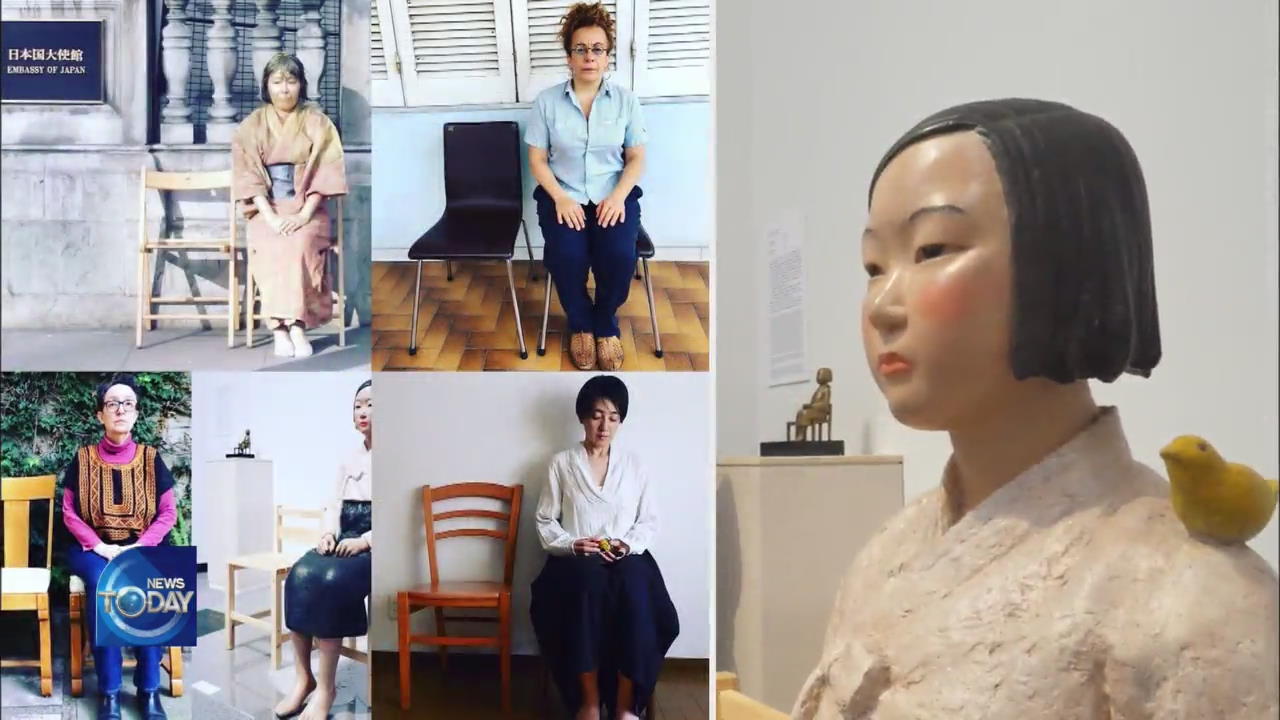
[Anchor Lead]
Four days have past since the "Peace Statue" exhibit in Japan was suspended, but the controversy continues to grow. A global campaign has even emerged encouraging people to photograph themselves posing like the statue. Many in Japan are also harshly criticizing the suspension of the exhibit, saying that the statue of peace, which represents the pain of the victims of Japan's wartime sex slavery, has awakened Japan's democracy.
[Pkg]
A woman sitting in a chair with a composed yet firm look in her eyes... Her hands are placed on her lap as a sign of protest. And here's another woman sitting in the same position. The chair next to her is unoccupied. This movement began on social media to protest Japan's suspension of the peace statue exhibit. People from around the world, including Italy and Mexico, have joined in. The purpose of this movement is to criticize the Japanese government for the forced conscription of sex slaves during World War II and its censorship of an art exhibition. In Japan, the suspension of the peace statue exhibit has prompted many to ponder the true meaning of democracy. Some 70 artists participating in this year's Aichi Triennale, where the peace statue had been on display, have issued a statement protesting political meddling by the Japanese government. The artists strongly blasted politicians for their violent meddling and threats that have led to the shutdown of the exhibition. The Japanese media is also intensifying its criticism. The Mainichi Shimbun published an editorial harshly condemning the government for using violence tantamount to terrorism to silence media reports and expressions that disagree with it. Likewise, the Asahi Shimbun delivered the opinion of the Japanese public, which criticized the government and its suppression of free speech.
Four days have past since the "Peace Statue" exhibit in Japan was suspended, but the controversy continues to grow. A global campaign has even emerged encouraging people to photograph themselves posing like the statue. Many in Japan are also harshly criticizing the suspension of the exhibit, saying that the statue of peace, which represents the pain of the victims of Japan's wartime sex slavery, has awakened Japan's democracy.
[Pkg]
A woman sitting in a chair with a composed yet firm look in her eyes... Her hands are placed on her lap as a sign of protest. And here's another woman sitting in the same position. The chair next to her is unoccupied. This movement began on social media to protest Japan's suspension of the peace statue exhibit. People from around the world, including Italy and Mexico, have joined in. The purpose of this movement is to criticize the Japanese government for the forced conscription of sex slaves during World War II and its censorship of an art exhibition. In Japan, the suspension of the peace statue exhibit has prompted many to ponder the true meaning of democracy. Some 70 artists participating in this year's Aichi Triennale, where the peace statue had been on display, have issued a statement protesting political meddling by the Japanese government. The artists strongly blasted politicians for their violent meddling and threats that have led to the shutdown of the exhibition. The Japanese media is also intensifying its criticism. The Mainichi Shimbun published an editorial harshly condemning the government for using violence tantamount to terrorism to silence media reports and expressions that disagree with it. Likewise, the Asahi Shimbun delivered the opinion of the Japanese public, which criticized the government and its suppression of free speech.
이 기사가 좋으셨다면
-
좋아요
0
-
응원해요
0
-
후속 원해요
0











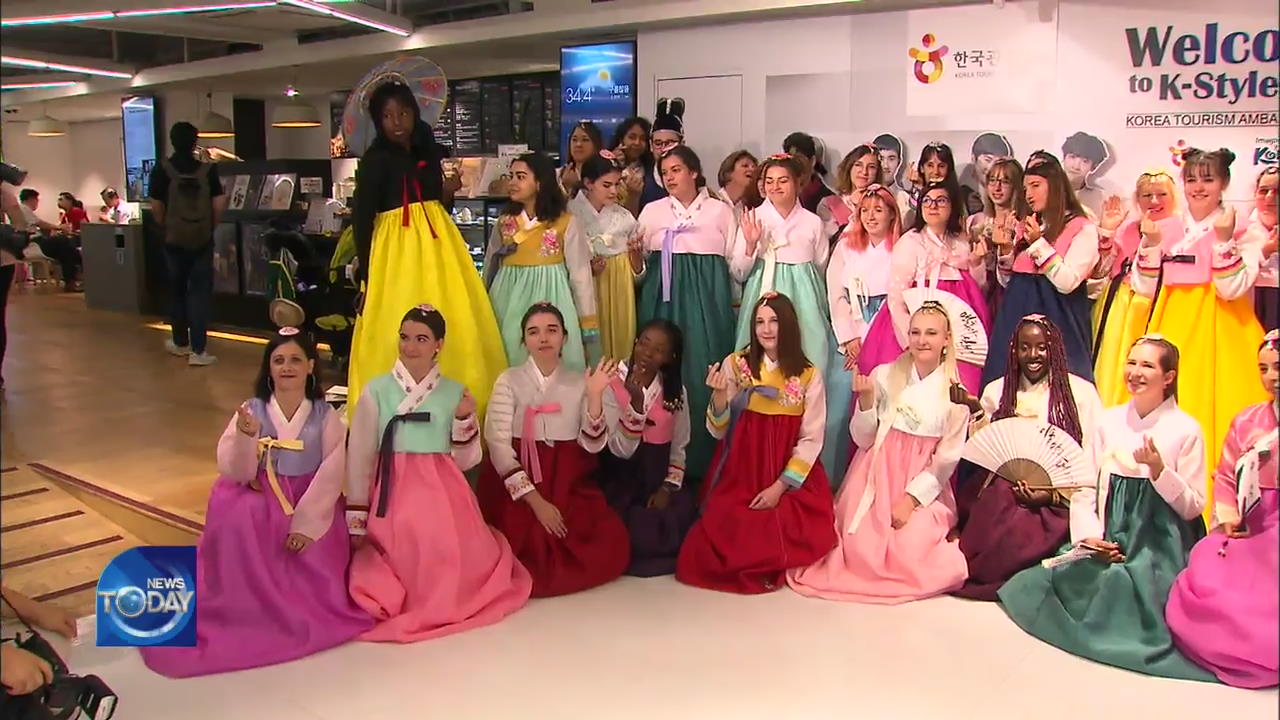
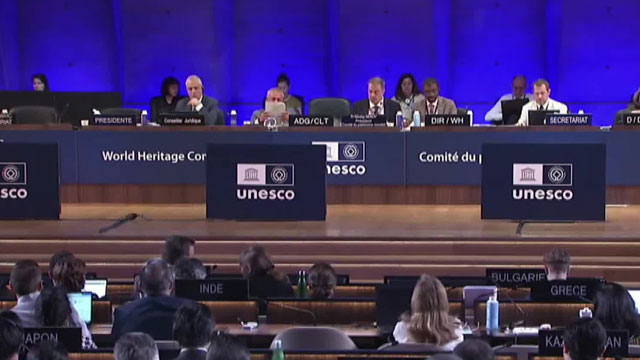
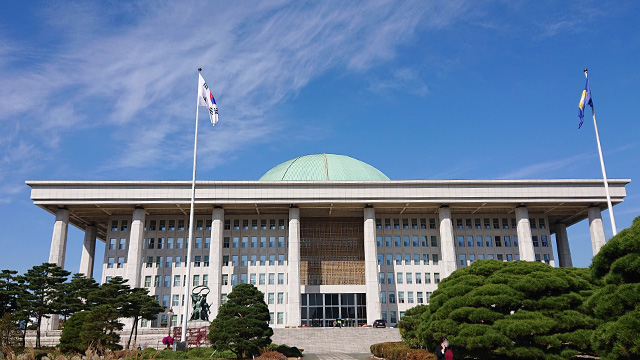
![[단독] 김건희 특검, ‘공천 개입’ 관련 김영선 전 의원 소환 통보…일정 조율 중](/data/news/2025/07/16/20250716_p7hDHF.jpg)
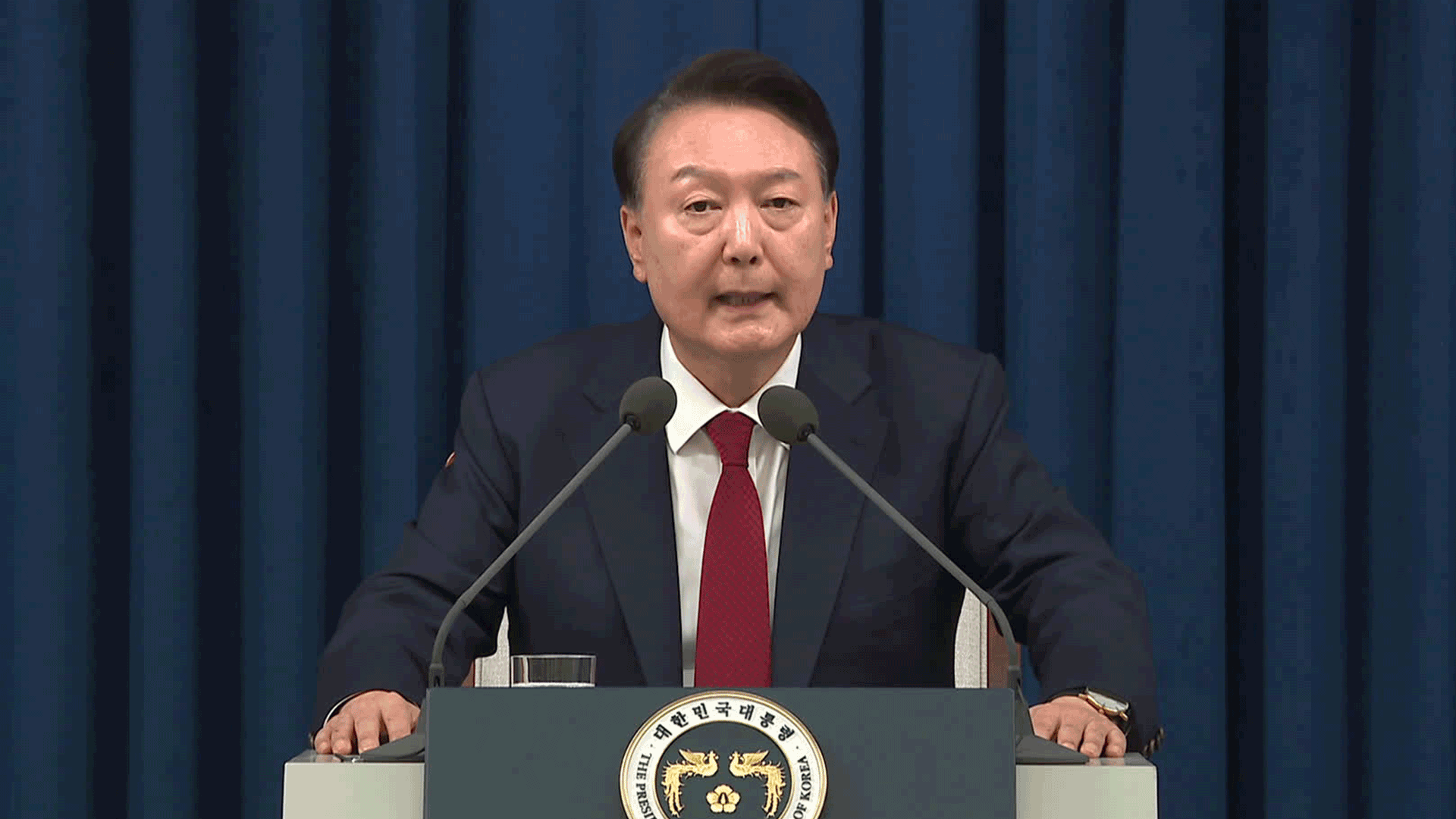

이 기사에 대한 의견을 남겨주세요.